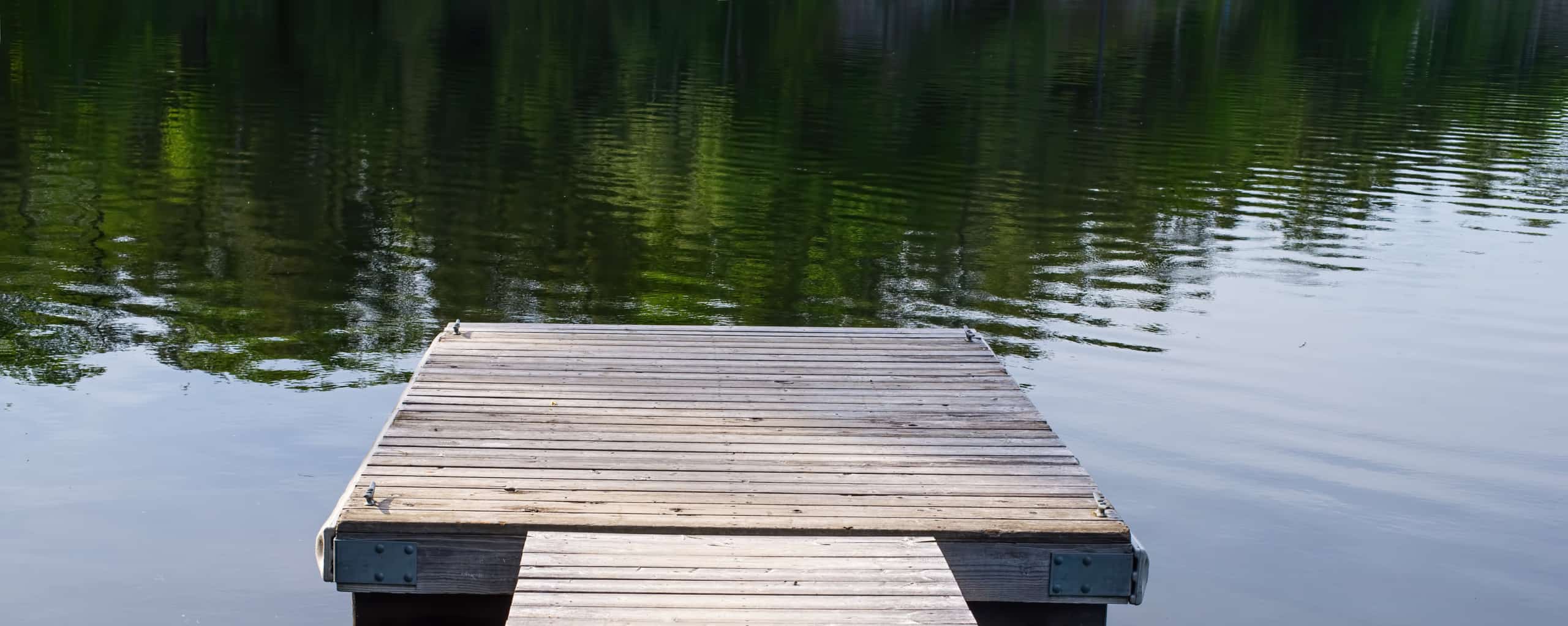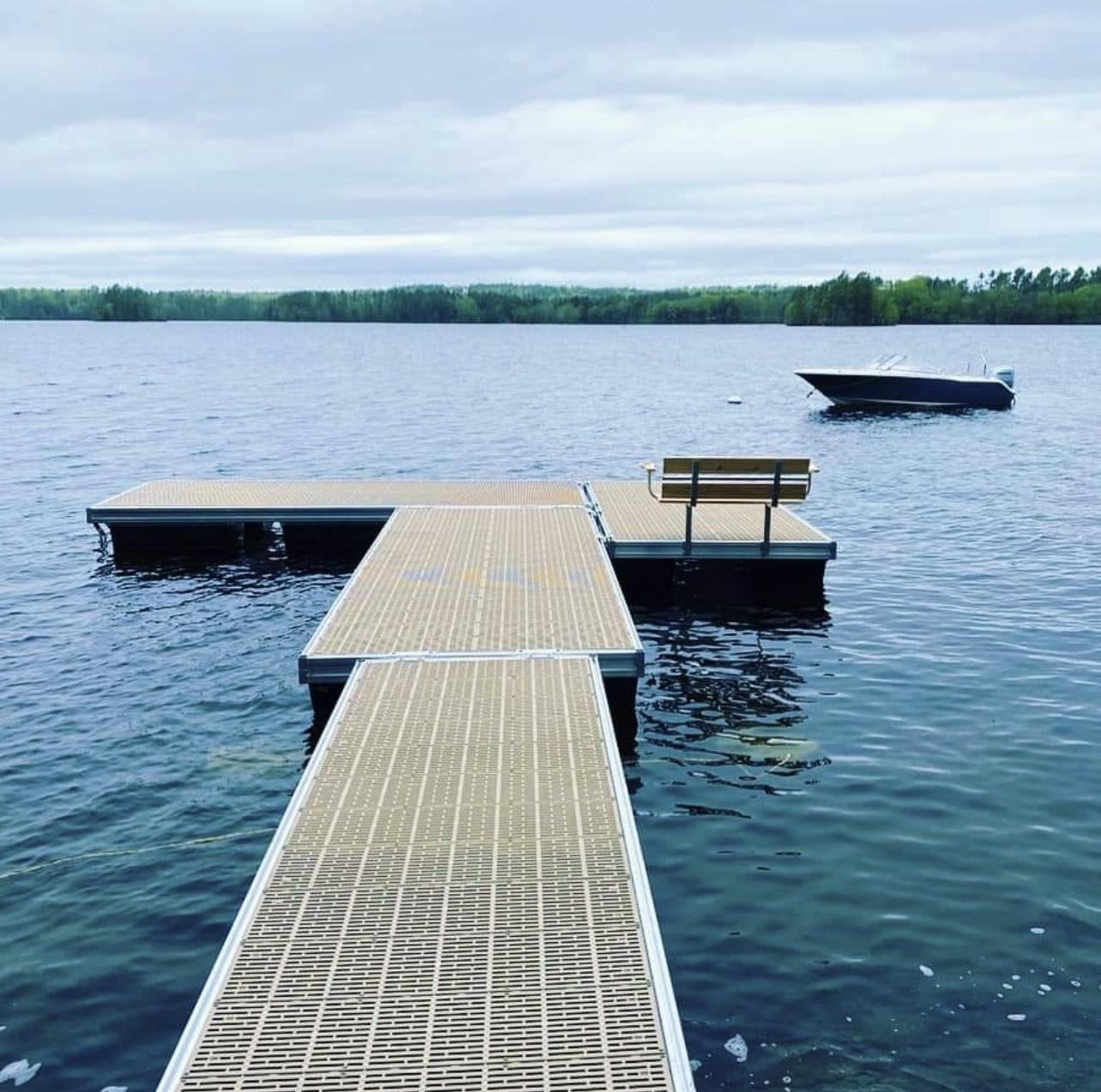Just How Floating Dock Company Proficiency Can Boost Your Waterfront Experience
Just How Floating Dock Company Proficiency Can Boost Your Waterfront Experience
Blog Article
Produce the Perfect Docking Option With Floating Docks
Floating docks existing a flexible service for a variety of maritime requirements, adjusting flawlessly to fluctuating water degrees and varied vessel types. Their modular nature enables fast installation and moving, yet the choice of ideal products and style functions is crucial for guaranteeing both functionality and visual charm. As we check out the vital components that add to the performance of floating docks, a number of vital variables concerning stability and maintenance will arise, raising inquiries concerning exactly how to enhance your docking experience. The subsequent conversation will illuminate these important factors to consider.

Advantages of Floating Docks
Floating docks offer numerous advantages that make them an optimal selection for various maritime applications. Unlike repaired docks, floating docks surge and loss with the tide, making sure consistent access for vessels.
Additionally, floating docks are normally easier and quicker to install compared to traditional fixed frameworks. Their modular style enables straightforward setting up and disassembly, assisting in maintenance and moving when needed. This adaptability is specifically advantageous for temporary applications or in atmospheres where problems might transform.
Floating docks also have a tendency to be more eco friendly, as they decrease disturbance to the seabed and bordering marine communities. Their buoyant nature lowers the threat of damages to aquatic life, advertising a much healthier atmosphere. These docks can be customized to accommodate numerous vessel dimensions, making sure that they meet details operational requirements.
Ultimately, the mix of versatility, convenience of installation, and environmental considerations makes floating docks a highly effective option for a large range of maritime needs.
Choosing the Right Materials
Choosing the proper materials for floating docks is crucial to ensure toughness, stability, and longevity. The option of materials directly affects the dock's efficiency in different ecological conditions, including exposure to water, sunshine, and possible wear from aquatic traffic.
Typical materials utilized for floating docks include light weight aluminum, timber, and high-density polyethylene (HDPE) Aluminum is lightweight, corrosion-resistant, and needs marginal upkeep, making it an excellent choice for longevity. Nevertheless, its first cost can be greater compared to other materials.
Timber, while visually appealing and providing a typical appearance, can be prone to rot and bug damage otherwise correctly treated. Making use of pressure-treated timber or naturally resilient species like cedar or redwood can minimize these problems.
HDPE is a preferred choice due to its resistance to UV rays and chemicals, in addition to being eco-friendly. floating dock company. It is light-weight and available in various shades, enabling modification
Inevitably, the right product selection will certainly rely on particular demands, consisting of spending plan, wanted visual appeals, and environmental considerations. Careful assessment of these factors will certainly result in a successful and resilient floating dock option.
Style Factors To Consider for Stability
When developing floating docks, guaranteeing security is a basic aspect that can dramatically influence their performance and security. Stability in floating dock layout is influenced by numerous factors, including buoyancy, weight distribution, and the arrangement of elements. An ideal buoyancy system ought to make use of materials that supply enough lift while reducing weight. This equilibrium makes certain that the dock stays above water, also under differing tons.
Weight distribution is vital; equally dispersing loads across the dock protects against tilting and boosts security. This can be accomplished through strategic placement of docking tools, such as fenders and cleats, as well as proper spacing of drifts. Additionally, the measurements of the dock need to be attentively planned. Larger styles can provide increased security, particularly in harsh water problems, while longer docks might call for additional supports to avoid drooping.
One more vital factor to consider is the environmental impact, including wave action and wind. Including features such as sidewalls or skirting can aid reduce the effects of ecological forces, maintaining stability in negative conditions. Inevitably, a mix of thoughtful style, material selection, and understanding of environmental factors will yield a floating dock that meets both security and security needs.
Installment Tips and Techniques

Following, protect the essential authorizations and stick to local laws, which might dictate installation approaches and environmental considerations. If called for, involve a qualified contractor experienced in floating dock installments. Use top notch materials made for aquatic environments to enhance durability and durability.
When placing the dock, straighten it identical to the coastline to help with easy gain access to. Make certain that the anchoring system is durable, using concrete blocks or helical anchors to support the dock versus wind and wave action. It's essential to make up seasonal water degree variations, including potential ice movement in cooler climates.
During the setup, verify the dock's floatation and security before settling the anchoring. Routinely check the setup for any indications of wear or damages. By adhering to these suggestions and techniques, you can achieve a safe, practical, and cosmetically pleasing floating dock installment that meets your needs.
Maintenance and Treatment Guidelines
Caring and maintaining for floating docks is important to extending their lifespan and ensuring secure use. Regular examinations should be carried out to identify any type of signs of wear, damage, or marine growth. Look for fractures, loosened fittings, or stained locations on the dock's surface, as these concerns can compromise architectural integrity.
Cleansing is hop over to these guys necessary. Use a stress washer to eliminate algae, barnacles, and debris, which can gather with time. For persistent growth, take into consideration eco friendly cleaner that will not harm marine life.
Furthermore, inspect the mooring lines and supports regularly to ensure they are complimentary and secure from rust. Change any moved here type of torn or damaged lines promptly to preserve stability.
Throughout extreme weather, such as storms or freezing conditions, take precautionary procedures. Safeguard the dock with extra mooring lines and, if feasible, get rid of any detachable parts to avoid damage.
Final Thought
Finally, the application of floating docks provides a versatile and efficient docking solution suitable for different maritime applications. Their flexibility to changing water levels, integrated with a modular style, permits very easy customization and moving. Choosing proper materials enhances both longevity and visual allure, while mindful consideration of security makes certain safety and security and longevity. With proper setup and routine maintenance, floating docks can supply effective and reputable docking experiences for a variety of vessels.
As we discover the important aspects that add to the performance of floating docks, numerous crucial aspects regarding security and upkeep will arise, elevating concerns about how to optimize your docking experience. Unlike find more info repaired docks, floating docks rise and loss with the tide, ensuring constant accessibility for vessels.When designing floating docks, ensuring security is a fundamental facet that can substantially influence their capability and safety. Security in floating dock layout is influenced by various aspects, including buoyancy, weight distribution, and the setup of elements. Eventually, a mix of thoughtful style, material choice, and understanding of environmental variables will produce a floating dock that meets both security and safety requirements.
Report this page